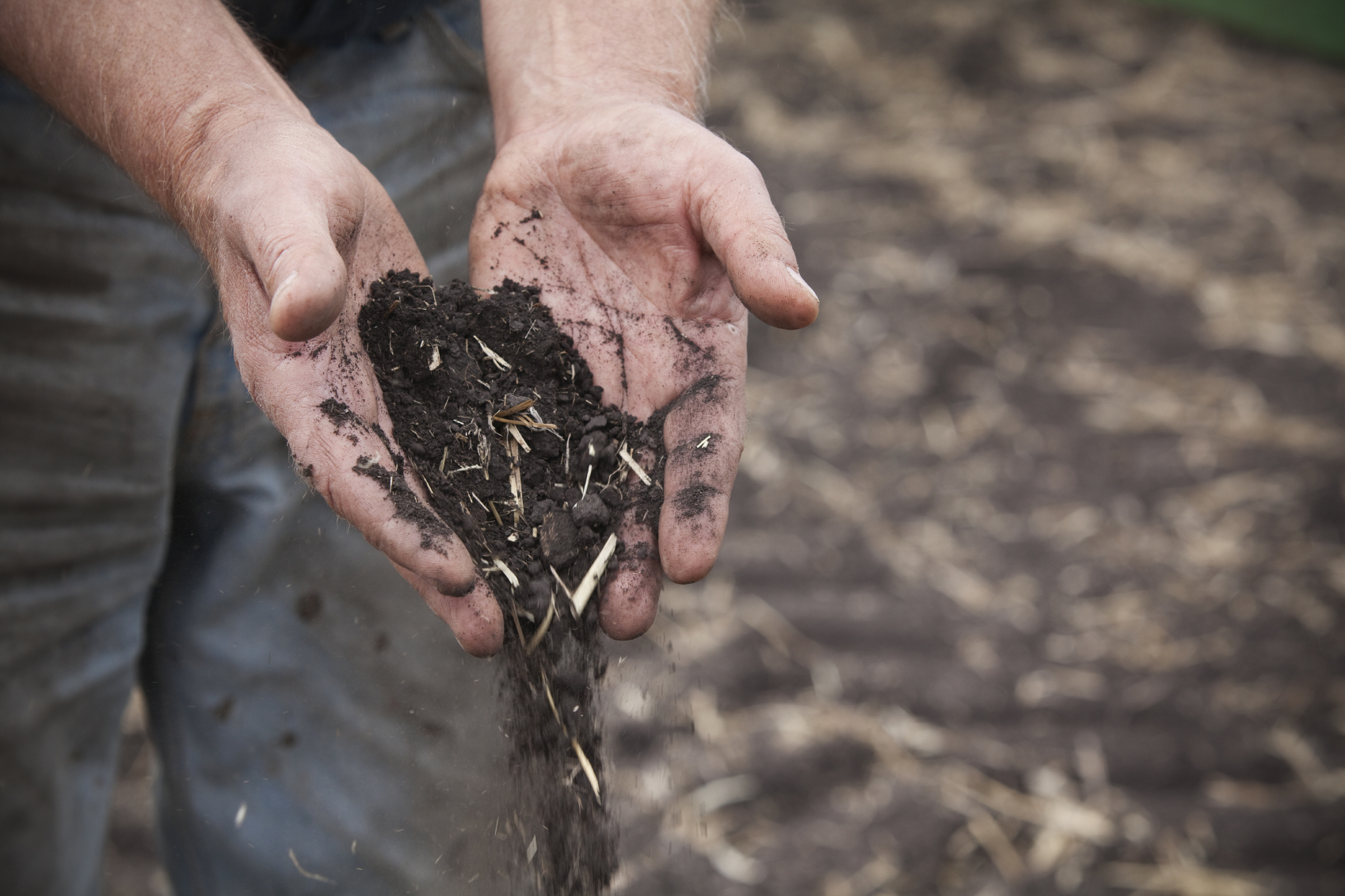Soil Matters
Russ Lester’s property looks, at first glance, like that of many of his neighbors. He grows about 900 acres of walnut trees a few miles east of Winters. But at Dixon Ridge Farms, Lester never tills his land, and he keeps cover crops growing most of the time. He also laces the earth around his trees with biochar, charcoal-like leftovers from biomass energy production. Added to the soil, this gritty burnt material — made largely of carbon — stays there for a long time.
These simple practices have profound implications for the environment and, especially, the climate: Lester’s farm is a carbon sink, absorbing carbon atoms more rapidly than they can escape into the air.
“We’re carbon negative,” Lester says. “Most businesses and farms, and most people, are carbon positive.”
“We aren’t going to get out of our gas-guzzling cars anytime soon or rebuild our cities, and we have major infrastructure issues that won’t be solved anytime soon -— but we have the knowledge and the tools to modify right now the way that we grow food.”
Renata Brillinger, executive director, California Climate & Agriculture Network
Agriculture generates lots of carbon dioxide, the main culprit in climate change. Louise Jackson, a UC Davis soil scientist, explains that tilling the earth allows microbes to better access the soil’s organic matter, which consists of about 50 percent carbon. “And like people, they produce carbon dioxide,” Jackson says.
Due to unsustainable farming practices, staggering volumes of carbon — hundreds of billions of tons — have escaped from the planet’s soils and into the atmosphere since the dawn of agriculture. The pace of emissions has increased since the advent of mechanized farm machinery, and over time, carbon-rich soil that was almost black as coal when human fingers first broke its surface has been transformed into thin, pale dirt.

